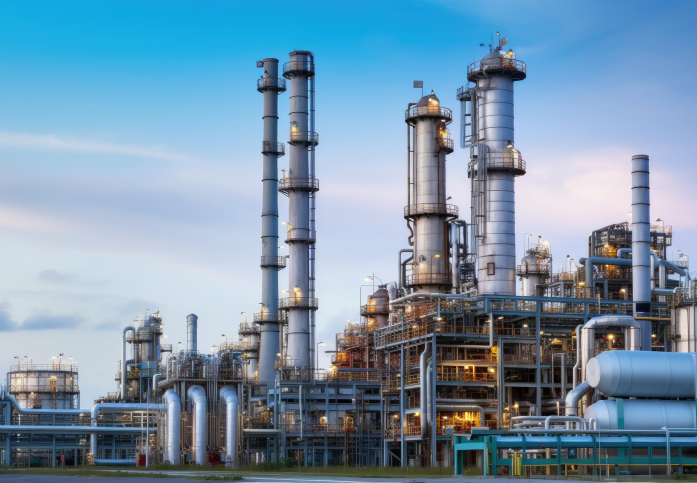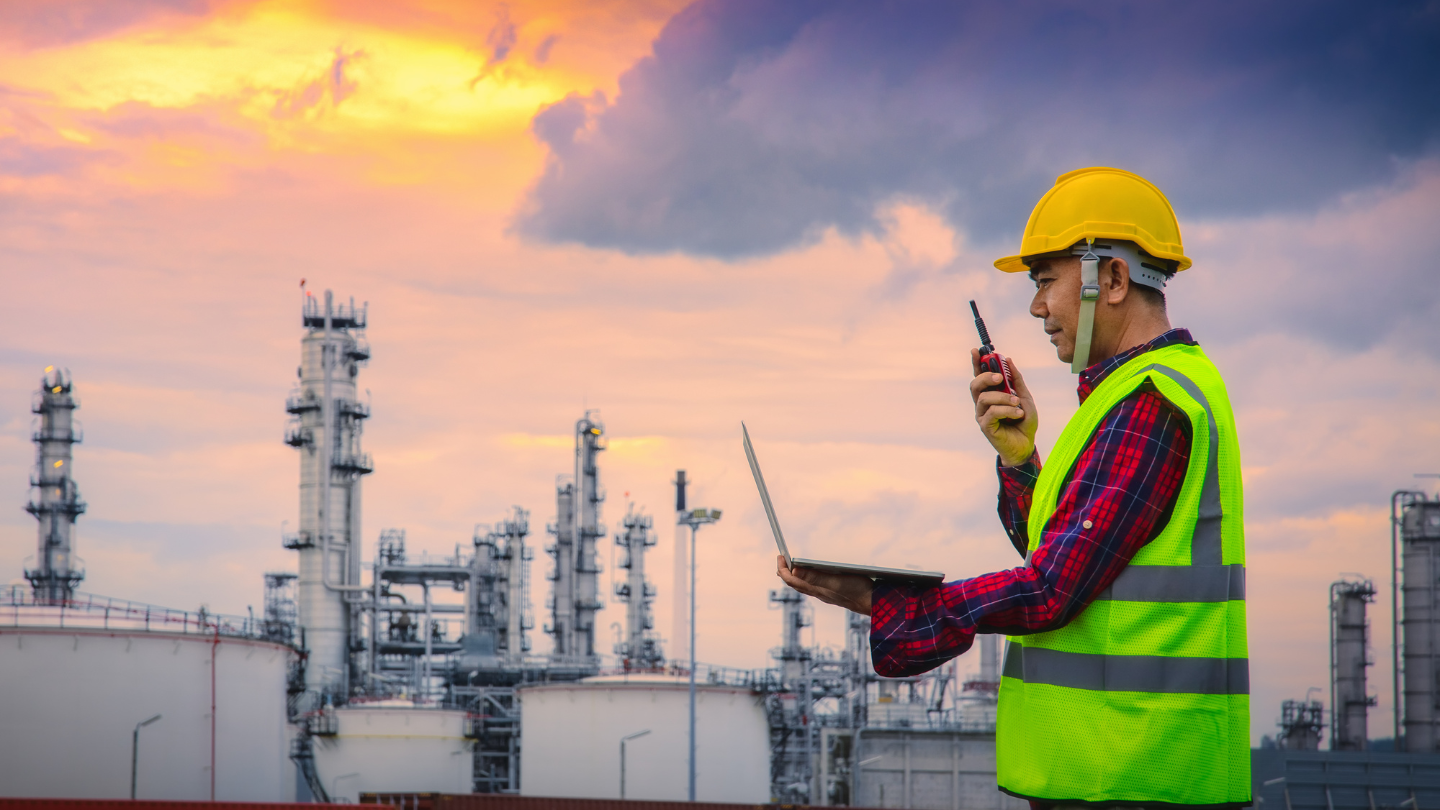As oil and gas companies face tighter budgets and more pressure to improve efficiency, the role of technology has shifted from a support function to a strategic tool, both from economic and environmental perspectives. Generative AI, in particular, is changing the way engineers approach field development, right from exploration to execution. Far from being a theoretical concept, it’s delivering measurable gains in speed, accuracy, and operational clarity. The opportunity isn’t just in adopting AI but incorporating it across workflows to deliver better decisions faster.
Understanding the Role of Generative AI in Engineering Workflows
Generative AI offers more than automated analytics. It empowers engineers to generate simulation models, predict outcomes, and adjust designs based on real-time inputs. In oil and gas industry, where each decision carries a high operational and financial impact, these capabilities are critical. Whether it’s optimizing well placement or refining drilling schedules, AI equips teams with the intelligence to act quickly and confidently. Engineering firms that implement AI strategically report gains in productivity, accuracy, and cross-team alignment.
How Generative AI Benefits Oil Field Development
Generative AI is proving especially valuable in the field development lifecycle by:
- Integrating diverse data sources like seismic, petrophysical, and production data for better reservoir modeling.
- Generating rapid, multi-scenario simulations for development planning.
- Forecasting equipment failure through predictive maintenance models.
- Enhancing well spacing, pattern design, and scheduling with historical and live data inputs.
These capabilities enable engineering teams to move beyond reactive planning and embrace a more agile, insight-driven approach to field execution.
Applications in Exploration and Drilling
Generative AI tools help exploration teams identify potential reservoirs more efficiently by identifying patterns in seismic data that traditional methods may miss. During drilling, AI supports dynamic decision-making by adjusting parameters in response to evolving subsurface conditions. Digital twin technologies, backed by real-time AI models, give engineers a continuous view of good performance and help minimize non-productive time.
Optimizing Gas Engineering with AI
AI’s value in gas engineering lies in its ability to adapt to changing operating conditions. Compressors, valves, and pipeline systems are highly sensitive to variables like pressure and flow. Generative AI models can simulate these conditions and recommend optimal configurations. For gas plant engineering services, this means tighter control loops, proactive anomaly detection, and lower energy waste, all without sacrificing compliance or uptime.
Suggested Read: Enhancing Oil Industrial Safety: Key Approaches to Risk Management Optimization
Driving Innovation in Oil Field Development Engineering
Field development demands constant recalibration. Market volatility, regulatory changes, and reservoir behavior all affect strategy. AI enables teams to:
- Rapidly evaluate production forecasts, development costs, and design constraints.
- Generate adaptable development plans that respond to changing inputs.
- Simulate multiple outcomes to identify the most resilient, cost-effective approach.
For oil field development engineering teams, this means greater flexibility without sacrificing control. See how Applied AI-based digitalization can reduce unplanned downtime in your field operations. Schedule a consultation now!
IT Integration: The Backbone of AI Adoption
In order to make AI work efficiently in this field, it must be supported by a strong digital infrastructure. IT support for oil and gas companies plays a foundational role by:
- Enabling secure, cloud-based model deployment.
- Managing data flows between AI tools and SCADA/ERP systems.
- Ensuring model performance and accuracy across use cases.
Cross-functional coordination between IT and engineering teams is essential for effective and sustained AI integration.
Strategic Impact on Engineering Firms
For oil and gas engineering firms, Generative AI isn’t about replacing human expertise but more about improving it. The firms leading this shift are integrating AI into core offerings: real-time modeling, optimization services, and digital advisory. These capabilities not only improve project outcomes but also differentiate firms in a competitive market. Clients are increasingly looking for partners who can combine deep engineering knowledge with intelligent automation, and the firms that deliver both will set the standard.
Transformation in Gas Plant Engineering Services
In gas plant engineering services, Generative AI improves how facilities are managed and optimized. It helps:
- Predict equipment performance and maintenance needs.
- Automate control strategy improvements to maintain energy efficiency.
- Support safety reviews and HAZOP assessments with data-driven insights.
These advancements lead to more responsive, compliant, and productive plant environments.
Suggested Read: Edge AI Computing
Conclusion
Generative AI is transforming how the oil and gas industry approaches exploration, design, and performance management. It helps businesses in the oil and gas field engineering field make smarter decisions faster while maintaining the rigor and reliability the sector demands.
As more companies prioritize speed, sustainability, and performance, Generative AI is becoming a strategic asset. For organizations ready to explore what’s possible and move beyond what’s standard, Ingenero offers the tools, experience, and partnership to lead the way. Ingenero works with engineering and energy leaders to apply AI where it matters most – across field development, asset optimization, and operational decision-making. The solutions integrate AI with first-principle engineering to deliver actionable recommendations, not just dashboards. Whether it’s helping clients improve recovery factors, extend asset life, or reduce OPEX, Ingenero brings together domain expertise and digital fluency to support long-term performance.
FAQs
AI improves decision-making in oil field development by allowing teams to simulate multiple development plans, assess economic viability, and predict performance outcomes. This enables more precise well placement, optimized production forecasts, and proactive risk management.
AI brings real-time responsiveness to drilling operations. By processing live downhole data, AI can adjust drilling parameters, anticipate pressure changes, and avoid formation damage, leading to faster, safer, and more cost-effective drilling.
Integration begins with identifying specific challenges, such as maintenance scheduling or development planning, where AI can add value. From there, firms can implement AI models that work alongside existing SCADA, ERP, and analytics tools supported by IT and operations teams.
AI helps reduce costs through predictive maintenance, minimized downtime, optimized asset utilization, and improved resource planning. These efficiencies lower operational expenses and extend asset life to deliver a higher return on investment.




